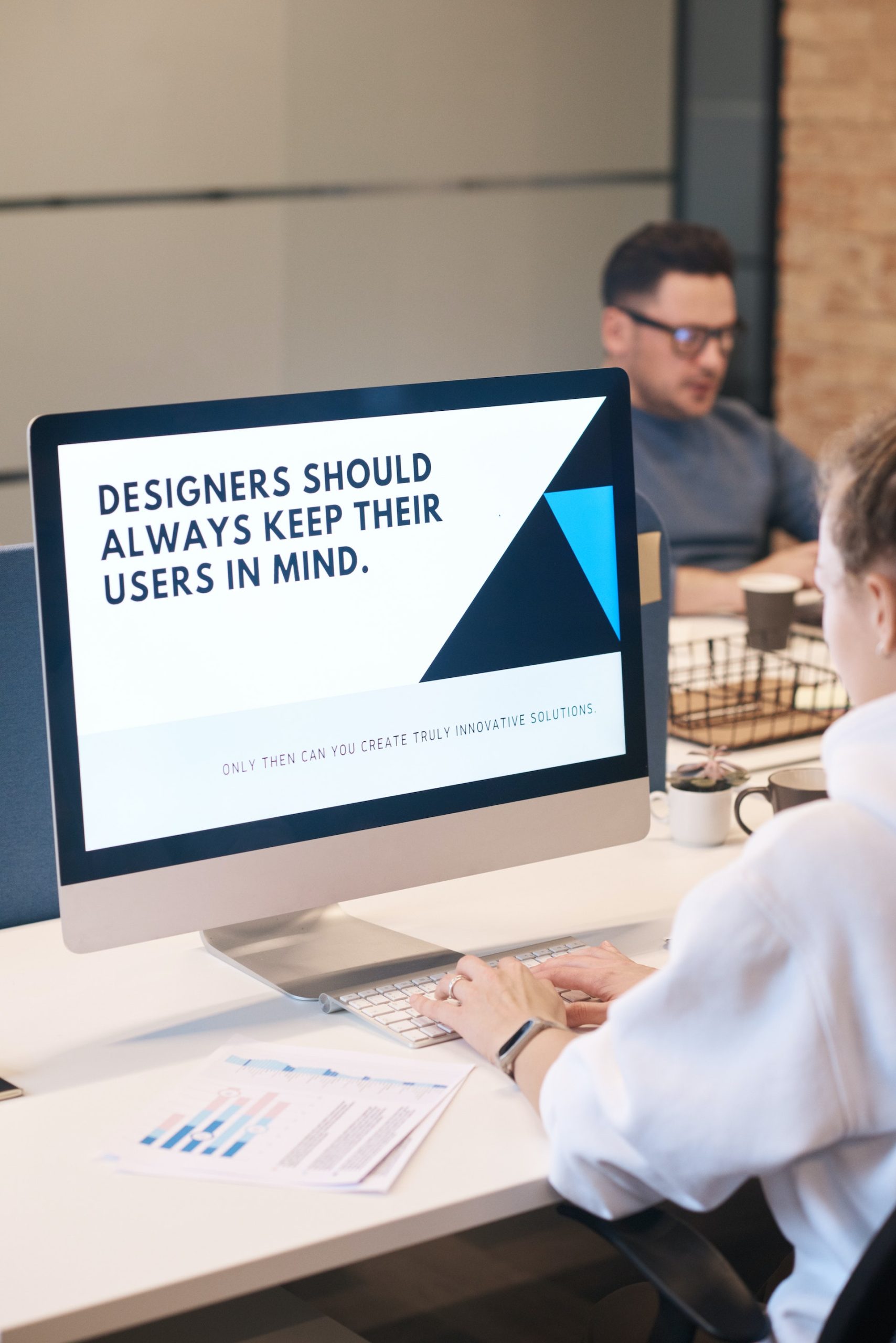UX design, also known as “user experience” design, is a multi-step process that precedes the completion of a website and/or application. Data analysis, user flow, sketching, wireframe modeling, prototyping, overall graphic identity, design, final design, programming, speed testing, debugging, and so on are all covered by UX. In this article, we will address some of the things you need to know when starting in UX design. Errors that are corrected on time result in higher user satisfaction and better business results.
1. Maintaining the framework is key
The user must always be aware of his location on the site and how he arrived there. It functions as an indicator of new terms in the chapter, with explanations and details on where they were used for each term. We return to the index to check another word, and the same law applies to the user experience.
We must always understand why the user has arrived and what they intend to do. If we don’t have answers, the following issues may arise: poor design, poor user experience, or, worse, both. If this occurs, we will return to the first stage, planning.
2. When possible, use only one column of content
The adage “less is more” also applies here. With one column, we try to take the user from the top to the bottom of the page. More columns, elements, and buttons increase the likelihood that the user will become disoriented.
Some websites provide several ways to contact the company, and the information is scattered throughout the page—in one section, “Call Us,” in another, “Customer Support,” and so on. It is preferable to condense the information onto a single page.
3. The user is a human, not a machine
A human is on the other side of our user interface. If we want him to do something, buy a product, register on a portal, or share content on social media, we must address him as if he were a friend. Only in this manner can we elicit positive feelings and achieve our objectives. Let’s look at some examples of poor user experience to help you understand this concept. In these cases, I frequently use the phrase “robotic experience.”
4. Content that is relevant is the way to go
There is no worse scenario in the eyes of users than when a website they visit for information or to make a purchase lacks structured and relevant content. Because the average user has a very short attention span, there is no need to clog the page’s content with unnecessary elements.
Ads that flash and pop up in the middle of the screen, as well as too many forms with different call-to-action links on the same page, divert attention away from what is important. The emphasis must be solely on the purpose for which the user came.
5. Internal search engines
When filtering search results, a common mistake with internal search websites is not blocking the rest of the page. If the page is not blocked, users can still enter queries during the search, making filters difficult to use and potentially causing the browser to crash. The addition of an additional layer or overlay to block further user activity is a simple solution to this problem.
You can prevent users from leaving the page prematurely by including a progress bar and/or a message explaining the status of the process.

In practice, we frequently come across UX and UI flaws in the design of various websites. These errors can be reduced or even avoided with a thoughtful approach, analysis of the site and user behavior, and constant testing and optimization of content.
These were some of the things I wish I knew before starting out in UX design.




